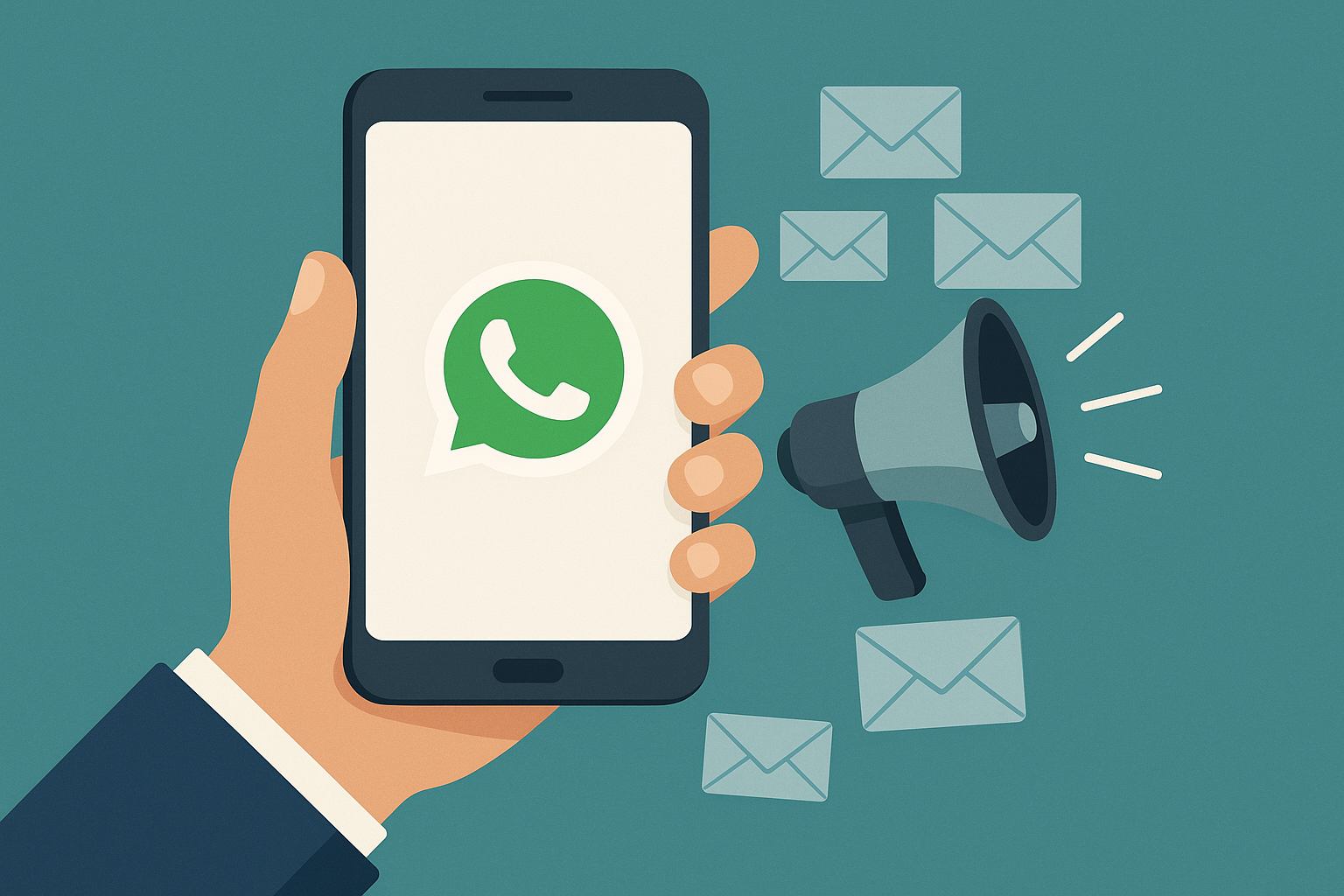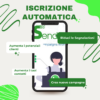Chatbots have revolutionized the way that consumers interact with brands today. Whether it’s enabling marketing, sales or customer support, the demand for chatbots has increased exponentially. Customers now expect their issues to be addressed on a channel they prefer, with minimal friction, and with low to no wait time – and chatbots can solve all of these problems at once. But a lot of questions arise internally when a company decides to adopt a chatbot. ¿Cómo construir un chatbot? ¿Necesitamos saber codificar para construir un chatbot? ¿Deberíamos codificar nuestro propio chatbot? While it’s true that organizations started off by coding their own chatbots, we’re now seeing a shift in preference towards code-free chatbot platforms.
Las plataformas de creación de bots son más escalables que los chatbots autocodificados
Beneficios de las plataformas de creación de bots
- La principal ventaja de las plataformas de chatbot es que ya tienen una arquitectura de chatbot fluida, lo que permite una creación de bots más rápida y una mayor escalabilidad.
- Plataformas de chatbot are a lot less complicated to develop and execute than in-house bots, offering more functionalities without compromising your company’s branding.
- Con las plataformas de chatbot, obtiene excelentes plantillas que le permiten diseñar conversaciones de chatbot que son dinámicas para los diferentes escenarios y recorridos de los clientes.
- Son livianos y sin hinchazón en comparación con una arquitectura de chatbot de fabricación propia, donde la codificación pesada y las múltiples iteraciones impactan la agilidad.
- As chatbot platforms offload the efforts taken on coding one, all that’s left for you to do is scripting chatbot conversations for different scenarios. This can be done within the platform’s interface sin escribir una sola línea de código.
Cómo elegir un creador de bots
Para elegir la plataforma de creación de bots adecuada, debe descubrir los problemas que su organización quiere resolver. ¿Se implementará principalmente para la desviación de tickets o necesita un chatbot más robusto con capacidades de conversión y generación de leads?
If your primary concern is ticket deflection by offering self-service customer support, and reducing friction for basic queries, a Q&A bot could be the right choice. But if you’re expecting more functionalities like lead nurture and conversions, a custom bot can do the heavy lifting for you. Before zeroing in on a bot builder, let’s get into how to design different chatbot workflows for different use cases. It will give you a good idea of the kind of chatbot you need.
Cómo diseñar flujos de trabajo de chatbot comunes
– Q&A Bots
¿Qué es un bot de preguntas y respuestas?
Bots de preguntas y respuestas
– as the name implies – enable you to generate basic automated chatbot conversations that engage visitors on your website. These bots are essentially an FAQ section with a better UI – where customers can ask the bot a question instead of searching through an entire knowledge base themselves.
Razones para usar un bot de preguntas y respuestas
- Offer your users quick-fix chatbot conversations, set expectations, automate a custom-designed conversation tree with well-researched and personalized answers–to find the balance between customer-centric and business-focused engagement.
- Configure múltiples escenarios de conversación y preguntas de chatbot personalizadas como mecanismos de calificación de clientes potenciales.
- Cree un canal de soporte sólido fuera de línea que cubra a sus agentes con intercambios empáticos, al tiempo que establece expectativas realistas sobre cuándo su equipo de soporte volverá a estar en línea.
- Evite que sus agentes tengan conversaciones de soporte repetitivas con los clientes, liberando su tiempo para resolver problemas de clientes más complejos.
¿Cómo construir un bot de preguntas y respuestas?
If you already have a knowledge base or customer portal in place, most of the work of building a Q&A bot is already done. As we mentioned before, it is an easier way to navigate through a lot of information – it’s like asking the librarian where to find a book, versus wandering through the aisles of a library hoping to find what you’re looking for. Q&A bots can be created in three simple steps –
Paso 1:
Identifique las preguntas más frecuentes en su sitio web o aplicación. Puede analizar las preguntas que ha recibido históricamente de los clientes o, si está configurando un nuevo sitio web, identificar las preguntas que probablemente le harán. Por ejemplo, los minoristas suelen recibir preguntas sobre el seguimiento de pedidos, devoluciones, reembolsos, etc. Por otro lado, las atracciones turísticas, oficinas, clínicas de salud o escuelas pueden recibir preguntas sobre horarios y días festivos.
Paso 2:
Ahora que conoce las preguntas que es más probable que le hagan, diseñe respuestas rápidas para preguntas frecuentes, artículos de solución para problemas potenciales y flujos de conversación de bot que les ayuden a encontrar la respuesta por sí mismos. El flujo de conversación es una hoja de ruta de participación que lo ayuda a predefinir preguntas y respuestas probables cuando un usuario participa en su chat. Por ejemplo, el bot Freddy Answers impulsado por inteligencia artificial se activa con sus capacidades de aprendizaje y detecta estas señales predefinidas en las conversaciones para generar respuestas contextuales. A continuación se muestra una captura de pantalla de un flujo de conversación de chatbot básico en el bot Freddy Answers.

The Freddy Answers bot in the screenshot shows how you can even customize a conversation to get the details of your website visitor before launching a relevant response. Similar conversation flows can be designed for multiple scenarios – refund requests, payment issues, and support queries.

Paso 3:
While a basic design of conversation flow may suffice for a few use cases, you can do much more by plugging in your website’s resources to your bot. Add FAQs to your Q&A bot configuration to enable the chatbot to showcase relevant answers. Rather than putting you through the ordeal of picking answers from your self-service portal, the ideal chatbot would also let you plug in FAQs and solutions articles in the messenger itself. This will ensure your support agents don’t have to scamper through the website’s content to showcase the right answer when customers are asking feature or product-specific queries.

The content resources can also be mapped to a knowledge base–if the chatbot is integrado en un servicio de asistencia técnica–to improve the bot’s cognition.
You can also set up an agent hand-off mechanism when your knowledge base doesn’t have sufficient information for the customer query. If the chatbot platform you choose is equipped with sentiment analysis, the conversation can be automatically handed over to a support agent when the customer shows signs of distress or when he/she is not getting the right answer.
Los bots de preguntas y respuestas pueden trabajar en conjunto con bots personalizados
Q&A bots can also engage customers in intent-based conversation flows borrowed from the workflows of custom bots. In a way, it’s not just an agent hand-off that can be set up, but the Q&A bot knows when to double-up as a custom bot that engages and converts customers.

BookMyShow: ejemplo de un bot de preguntas y respuestas
BookMyShow uses button prompts of various possible customer issues and gives ready answers. But when the issue is something that requires human intervention, the chatbot facilitates agent hand-over. For instance, for the “SHOW CANCELLED BY CINEMA” support issue, BookMyShow has assigned an agent hand-over since the problem is not something that has a defined workflow. BookMyShow is also one of Freshchat’s pioneering adopters of API de Whatsapp Business.

– Custom Bots
¿Qué es un bot personalizado?
Custom bots are preset launchpads that trigger conversations based on the intent of visitors. They are more conversion-driven than Q&A bots as they are designed to lead the conversation, instead of simply answering questions. While Q&A bots only serve as customer support assistants, custom bots can help you close the loop on intent-based conversations. You can design and build conversations to set up meetings, pitch products, recommend upgrades, nudge for purchase when there’s cart abandonment, and so on.
Razones para utilizar un bot personalizado
- En el caso de los sitios de comercio electrónico, el abandono del carrito se puede mantener bajo control presionando proactivamente a los clientes con ofertas lucrativas.
- Las empresas B2B pueden utilizar bots personalizados para organizar reuniones, programar demostraciones y ofrecer pruebas de productos.
- Cuando el bot del cliente detecta una oportunidad, puede desencadenar flujos de bot después de que el bot de preguntas y respuestas responda a las consultas básicas.
¿Cómo construir un bot personalizado?
Donde las declaraciones de condición se encuentran con las ramas de conversación
: Now before you get scared away by ‘condition statements’, and ‘conversation branches’, let me remind you that this is still a code-free bot building exercise. In custom bot-building platforms, conditions and conversation flows are simply types of rules created in the form of journey maps.
Los mapas de viaje representan varios escenarios con clientes emparejados con el árbol de conversación correspondiente que crea. Las condiciones se aplican a las ramas de conversación como los diseños de diagramas de flujo.
El flujo de trabajo es bastante similar al de los bots de preguntas y respuestas, excepto que las capacidades son más sólidas, personalizadas, proactivas y centradas en las conversiones. Los bots personalizados también le permiten entrenar a su bot y permitirle aprender de las conversaciones para generar el mejor flujo o respuesta.

The above screenshot shows a customer bot builder from Freshchat being used to qualify and segment leads intelligently. Website visitors are given three options, which captures their intent–whether they are looking to buy, existing customers trying to solve something, or just browsing for information. Each option triggers a separate workflow to get information from the customer and help them out. Similar conversation flows can be set up to nudge visitors towards a purchase decision, set up product demos, etc.




